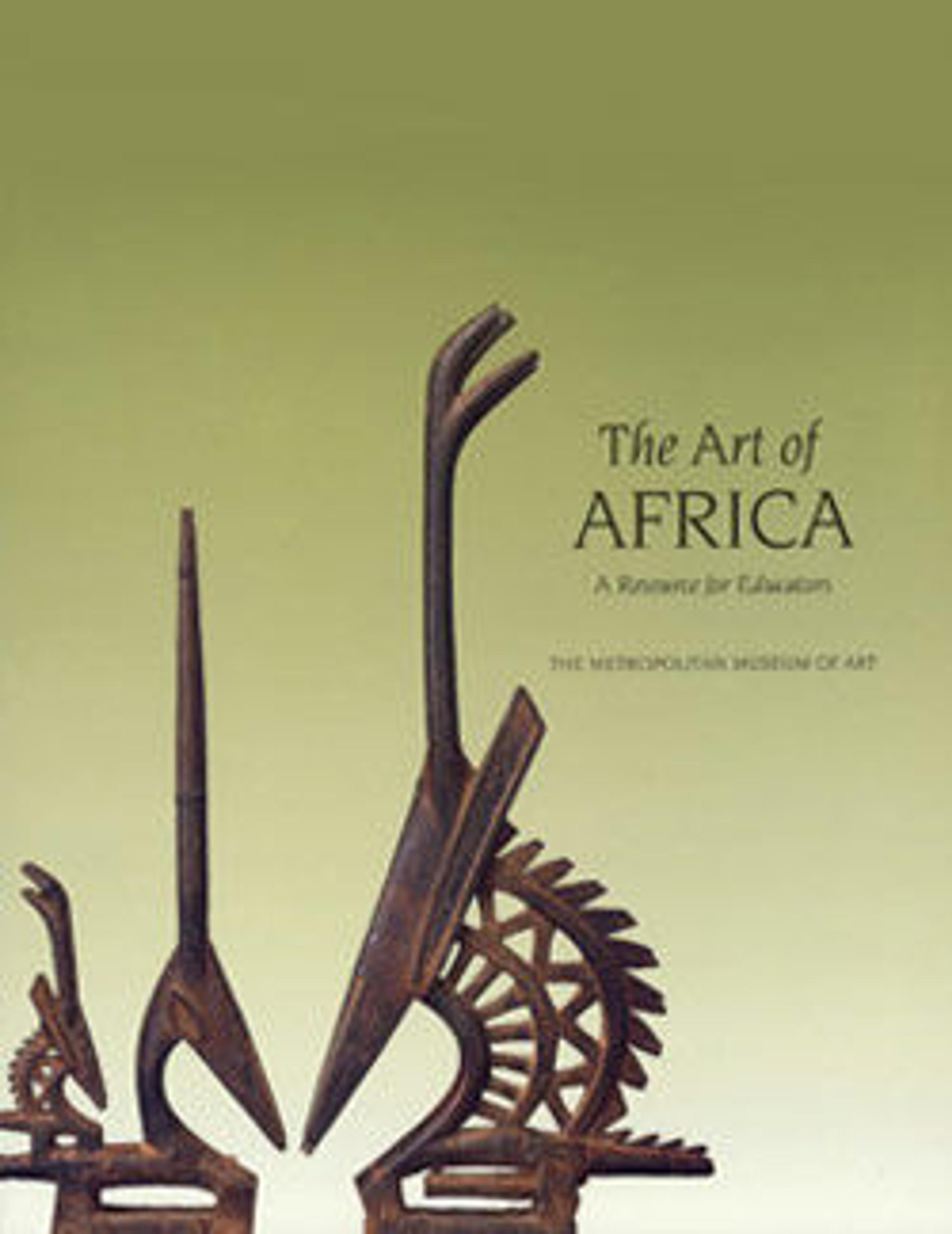Power Figure: Male (Nkisi)
Central African power figures are among the ubiquitous genres identified with African art. Conceived to house specific mystical forces, they were collaborative creations of a Kongo sculptor and a ritual specialist (nganga). After an artist completed carving the wooden receptacle, the nganga filled it with powerful medicines (bilongo) that transformed it into an object capable of healing illness, settling disputes, safeguarding the peace, and punishing wrongdoers. Bilongo combines organic and inorganic substances chosen for their cultural significance that may include plant fibers, resins, stones, relics and pigments, among others. The rectangular mirror-covered box protruding from the abdomen and the overturned pottery bowl pierced with nails covering the head are the primary receptacles for these potent materials. The variously shaped blades inserted into the body are added by the nganga each time the figure's powers are called upon, to activate its forces. As such, each blade or nail embedded into the figure’s body attests to its extensive use as an intercessor on behalf of an individual or a community.
Although its body is sheathed in iron, this figure has a particularly expressive face. The eyes are inlaid with glass, giving it an eerie, distant gaze, and the mouth is open, as if the forces that animate it need to breathe. The protruding tongue refers to a Kikongo word, venda, which means "to lick in order to activate medicines," suggesting that the figure's powerful ingredients are perpetually activated. The white clay covering the face is known as mpemba, which also refers to the land of the dead, the realm of ancestral spirits that is the source of much of the figure's powers.
Although its body is sheathed in iron, this figure has a particularly expressive face. The eyes are inlaid with glass, giving it an eerie, distant gaze, and the mouth is open, as if the forces that animate it need to breathe. The protruding tongue refers to a Kikongo word, venda, which means "to lick in order to activate medicines," suggesting that the figure's powerful ingredients are perpetually activated. The white clay covering the face is known as mpemba, which also refers to the land of the dead, the realm of ancestral spirits that is the source of much of the figure's powers.
Artwork Details
- Title:Power Figure: Male (Nkisi)
- Date:19th century
- Geography:Angola or Democratic Republic of the Congo
- Culture:Kongo peoples
- Medium:Wood, iron, glass, terracotta, shells, cloth, fiber, pigment, seeds, beads
- Dimensions:H. 28 1/2 × W. 9 5/8 × D. 6 3/8 in. (72.4 × 24.5 × 16.2 cm)
- Classification:Wood-Sculpture
- Credit Line:The Muriel Kallis Steinberg Newman Collection, Gift of Muriel Kallis Newman, in honor of Douglas Newton, 1990
- Object Number:1990.334
- Curatorial Department: The Michael C. Rockefeller Wing
More Artwork
Research Resources
The Met provides unparalleled resources for research and welcomes an international community of students and scholars. The Met's Open Access API is where creators and researchers can connect to the The Met collection. Open Access data and public domain images are available for unrestricted commercial and noncommercial use without permission or fee.
To request images under copyright and other restrictions, please use this Image Request form.
Feedback
We continue to research and examine historical and cultural context for objects in The Met collection. If you have comments or questions about this object record, please contact us using the form below. The Museum looks forward to receiving your comments.
